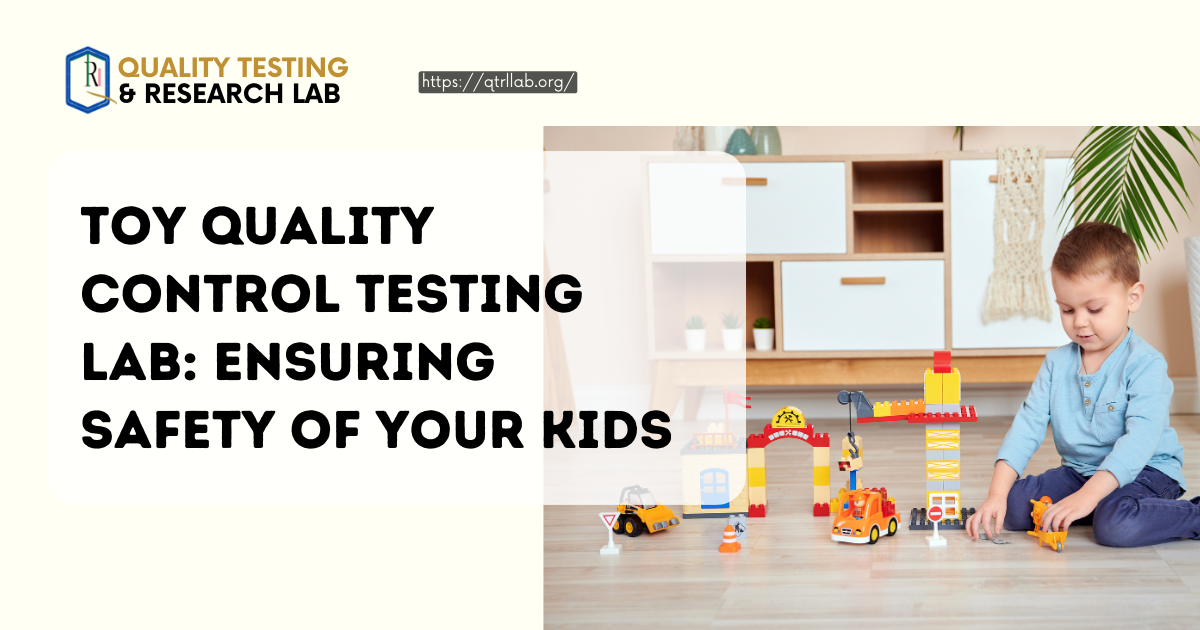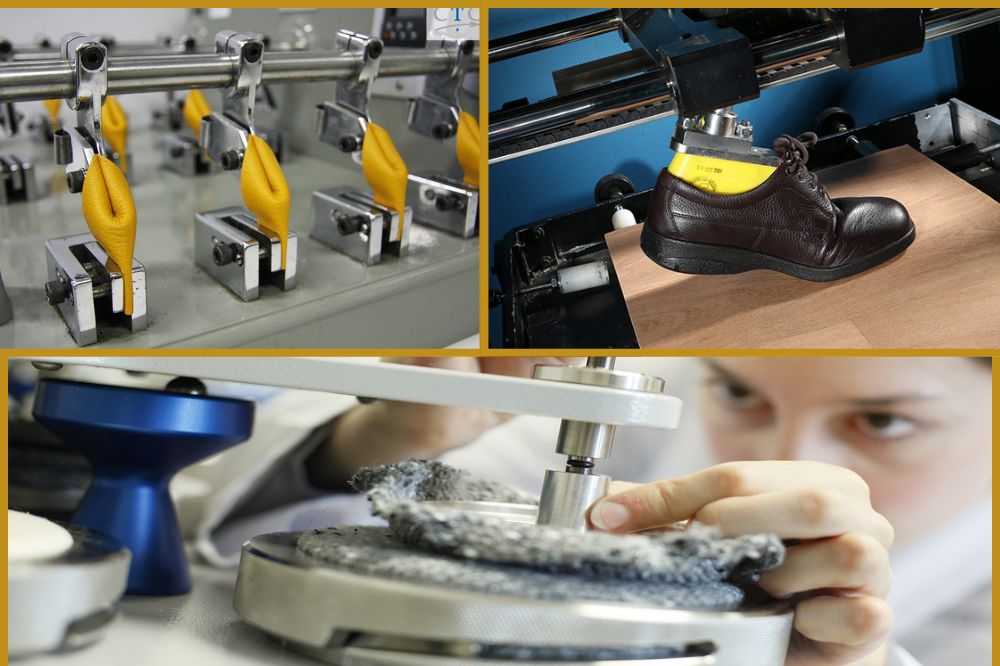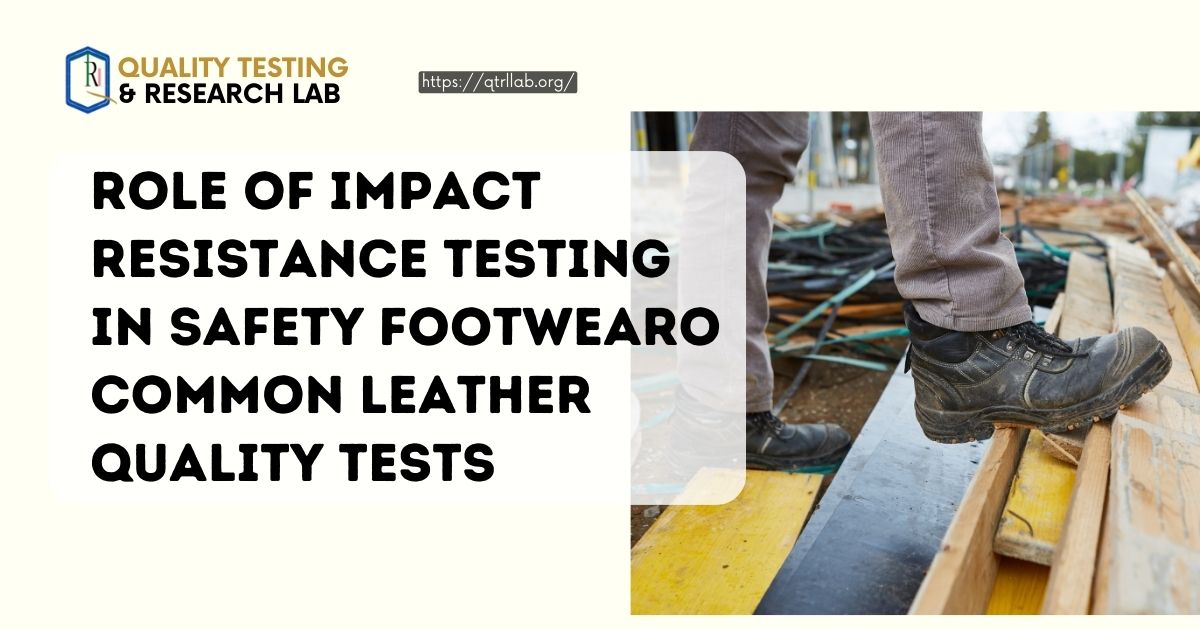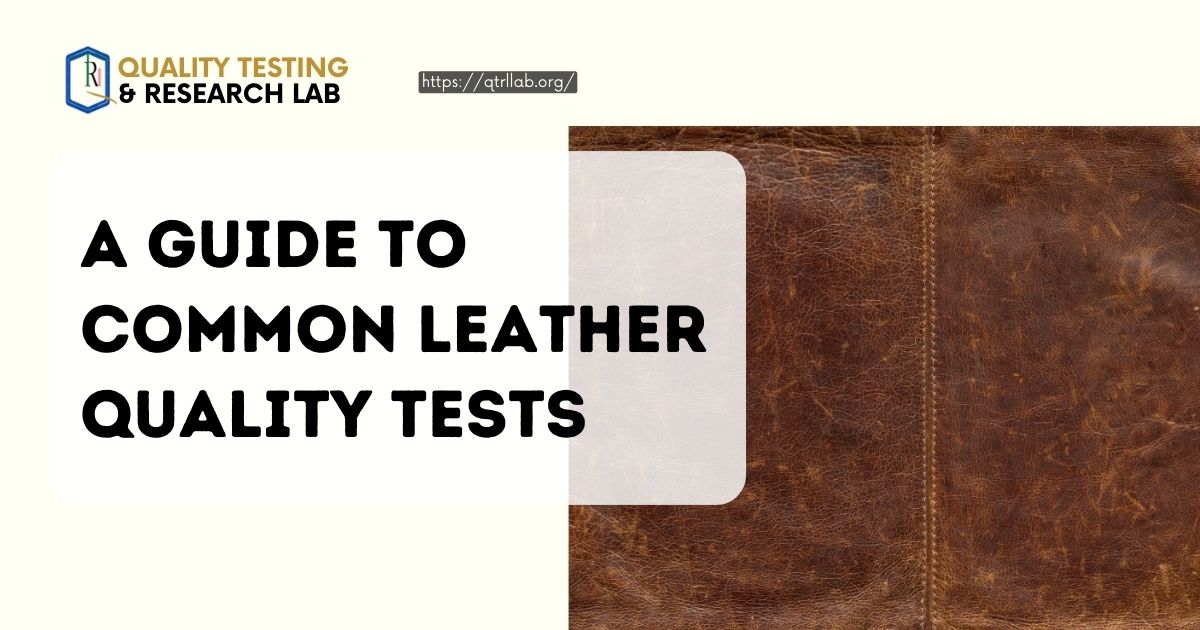The world of toys is a wonderland of imagination and fun, but for manufacturers, it’s also a realm of strict safety regulations. Toy quality control is a crucial process that ensures every toy hitting the shelves meets the highest safety and quality standards. This protects children from potential dangers like choking, suffocation, and injuries.
Safety Standards for Toys
Several key standards guide toy safety, including:
- ASTM F963: This American Society for Testing and Materials (ASTM) standard focuses on the safety of toys for children under 3 years old. It outlines extensive testing procedures to ensure age-appropriate design and eliminate potential hazards.
- EN 71: This European standard encompasses a series of specific safety requirements for various toy aspects, like flammability, chemical content, and mechanical properties.
- ISO 8124: Established by the International Organization for Standardization (ISO), this standard addresses the safety of activity equipment intended for playground use.
Examining Toys for Safety in Toy Quality Control Testing Labs:
Toy quality control involves a meticulous inspection process by trained professionals. They have a keen eye for identifying potential hazards like:
- Choking hazards: Small parts that could detach and be swallowed by young children.
- Sharp edges or points: These pose a risk of cuts or punctures during play.
- Loose parts: Components that could come loose and cause injuries or become choking hazards.
Beyond identifying hazards, inspectors also assess the quality of materials used in the toy. This ensures durability and compliance with relevant safety regulations.
Testing & Evaluation in Lab
Toy safety testing delves deeper than visual inspections. On-site inspections involve a series of tests on raw materials, components, and finished products to ensure they meet the required standards. Here’s a breakdown of some key testing areas:
- CPSIA (Consumer Product Safety Improvement Act) and ASTM Standards: These standards set the bar for safety in toys. Testing ensures compliance with these vital regulations.
- Flammability Testing: Toys are rigorously tested for flammability to minimize fire risks.
- Heavy Metal Testing: This identifies and eliminates the presence of harmful heavy metals like lead, which can cause serious health problems in children.
- Phthalate Testing: These chemicals, used to make plastics soft and flexible, are tested to ensure they fall within safe limits set by the CPSIA to prevent health risks.
Specialized Tests for Specific Toys
Certain toys require additional testing to ensure their safety. Here are some examples:
- Stuffed Toys: These cuddly companions undergo the stuffing migration test to assess if stuffing fibers can detach and pose a choking hazard. Additionally, the tearing strength test evaluates how easily the fabric tears, ensuring it can withstand rough play without releasing small pieces.
Major Testing Items for Safe Toys
Toy quality control focuses on crucial testing items to ensure the safety of children:
- Choking Hazard Assessment: This is a top priority. Tests like the small parts test and the vibration test identify potential choking hazards by checking if small components can detach or break off during use.
- Raw Material Scrutiny: The materials used in toy production, like plastic, metal, and textiles, are rigorously tested to ensure they are safe for children to play with.
- Component Checkup: Every component, from buttons to zippers, undergoes testing for secure attachment and the absence of choking hazards.
- Finished Product Evaluation: The final assembled toy gets a thorough examination to ensure it complies with all safety and quality standards, making it fun and safe for children.
Small Parts Test: This crucial test determines if a toy’s small parts can be easily detached, potentially creating a choking hazard for young children.
Detachment Test: This evaluates if parts of a toy or product can readily detach, posing a potential hazard to children.
Swallowing Hazard Test: This test assesses the risk of a toy or product being swallowed entirely by young children, leading to choking or suffocation.
By implementing these rigorous quality control procedures, toy manufacturers can ensure their products bring joy and laughter to children without compromising their safety. It’s a commitment that safeguards the smiles and well-being of our youngest explorers.





